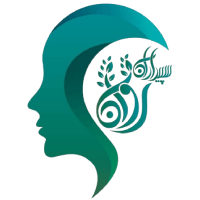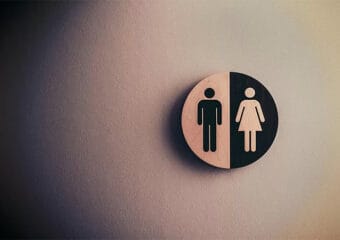
Blog
Jealousy in animals
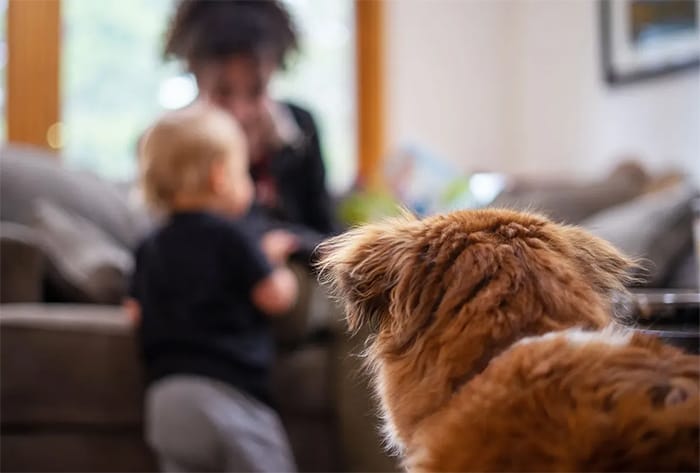
Jealousy is a complex emotion for humans that often arises from the fear of losing attention, affection, or resources to another person. Jealousy is deeply intertwined with human psychology and social behavior, ranging from relationships to workplace competition. But do animals feel jealousy as well? Research shows that some animal behaviors, especially in social species like dogs, primates, and birds, resemble the emotion we recognize as jealousy. Animals have displayed actions such as protesting unequal treatment, becoming agitated when ignored, or defending their bonds and resources. While the emotional experience of jealousy in animals may not fully mirror human conditions, behavioral studies provide remarkable insights into their emotional depth, social intelligence, and evolutionary survival strategies.
فهرست عناوین
ToggleHistory of Jealousy in Animals
The history of jealousy can be explained considering phylogenetic aggressive triggers, which are found even in animals without siblings, and currently are innate in other organisms and humans due to the very long childhood period within the social family domain and sibling circle. These triggers are intensified and modified in a sharp way to produce the common phenomenon known as jealousy capacity.
Jealousy in animals is an interesting and complex subject that has been studied scientifically. Jealousy has been observed in many species, including mammals and birds. This feeling can especially emerge in social contexts such as competition for resources or mating.
In social groups, like monkeys, jealousy can lead to aggressive behaviors or changes in social relationships. For example, monkeys may react to the attention one group member shows to another.
Scientific studies and research have shown that some animals, such as dolphins and elephants, may feel jealousy towards the success or attention others receive and exhibit behaviors that indicate dissatisfaction with the current situation. Jealousy in animals may be associated with emotions like depression or anxiety, especially when they are in unstable social conditions.
Some animals can learn from their social experiences and behave accordingly. This learning can affect their jealousy and competition. Overall, jealousy in animals reflects their emotional and social complexities and can help better understand social behaviors and interspecies communication.
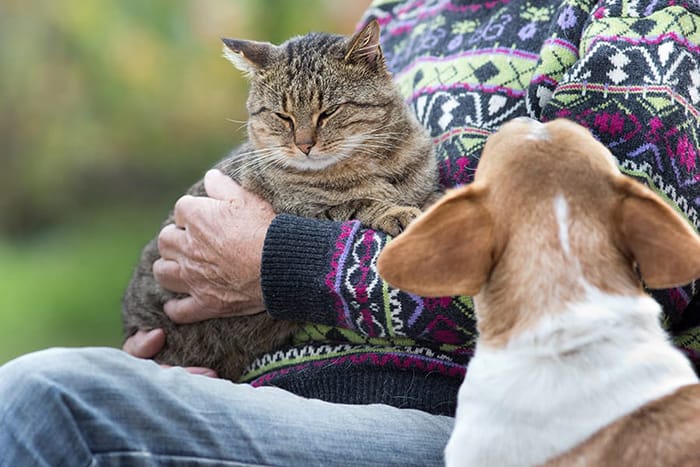
Frans de Waal’s Study on Inequity in Monkeys
One of the most famous studies on jealousy-like behaviors in animals was conducted by primatologist Frans de Waal. His experiment on capuchin monkeys involved strong reactions to perceived inequity.
In this experiment, two monkeys performed the same task but received different rewards. One received a cucumber and the other a grape, which is a more desirable treat. The monkey who got the cucumber quickly became upset, threw the cucumber, and banged on the cage in protest. This behavior indicates a sense of unfairness, reflecting human reactions to unjust treatment.
Comparison Between Species
Jealousy in animals can affect social behaviors and interspecies relationships. This feeling may lead to changes in social behaviors and competition for resources. Research shows that dogs are less jealous than cats, but they may experience depression at times, which they express through prolonged sleeping.
- Jealousy in Dogs: Studies have shown that dogs display jealousy toward the attention their owners give to other dogs. This behavior includes grabbing and pushing, especially when the owners are reading a book, and it is more pronounced in such situations.
- Jealousy in Cats: Cats may also feel jealousy, particularly when someone approaches their owner. This jealousy can manifest as yowling or other behaviors.
Jealousy in Cats: Cats may also feel jealousy, particularly when someone approaches their owner. This jealousy can manifest as yowling or other behaviors.
As Helmut Schoch states in the book Jealousy: jealousy is a driving force inherent at the heart of human life as a social being, and it arises as soon as two individuals are capable of mutual comparison. This intense desire to compare oneself jealously with others can also be found in some animals but holds special significance in humans.
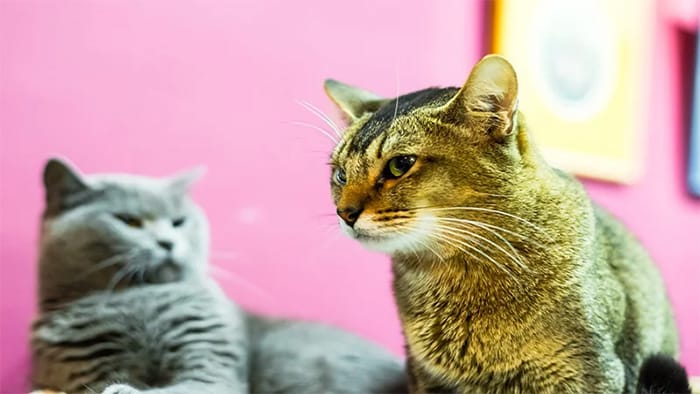
Evolutionary Roots of Jealous Behaviors in Animal Species
Jealousy-like behaviors may have evolved as adaptive responses for securing resources, protecting relationships and bonds, and maintaining social stability within groups.
- Resource Protection: Animals that compete for food, territory, or mates often show aggressive behaviors when threatened. This ensures survival and reproductive success.
- Bond Maintenance: Social animals, such as dogs or primates, rely on strong relationships. Jealousy-like actions, such as insistence or protest, can help strengthen bonds and deter rivals.
- Status Preservation: In hierarchical groups, unequal treatment can threaten social position. Animals may respond with aggression or withdrawal to reestablish their status.
In conclusion, for a person or an animal to feel jealousy, they must have the cognitive ability to recognize the importance of a relationship on some level and to assess its potential threats. Without a doubt, for some animals, this is a significant matter.
برای مشاوره رایگان و رزرو وقت (یا اگر تماس گرفتید و قادر به پاسخگویی نبودیم) شماره تماس خود را وارد کنید. ما به زودی با شما تماس می گیریم!
